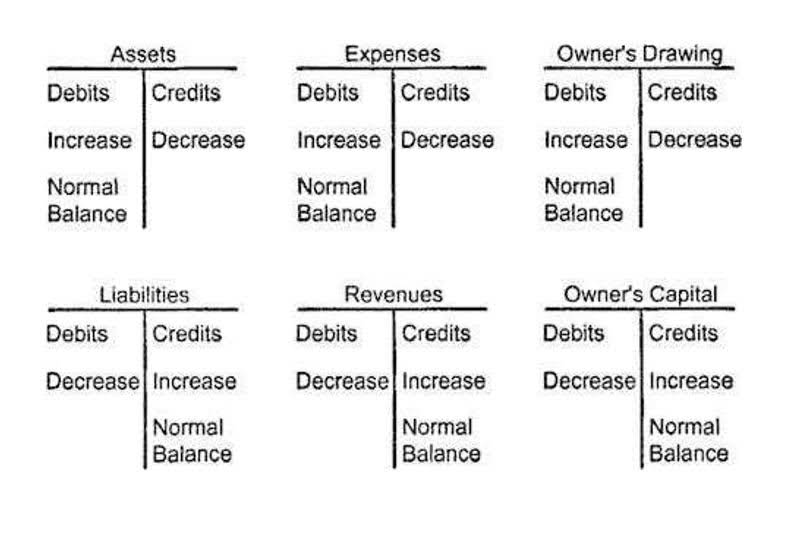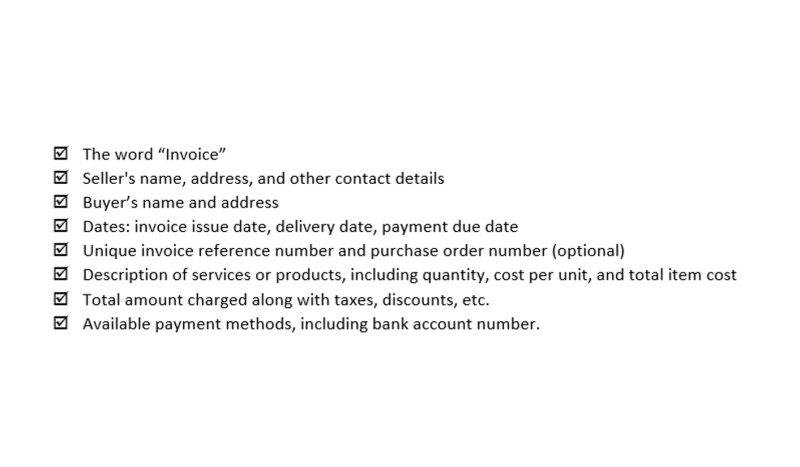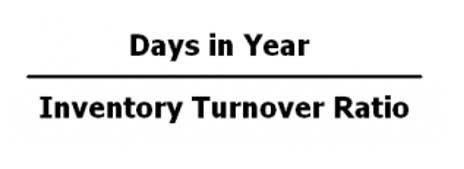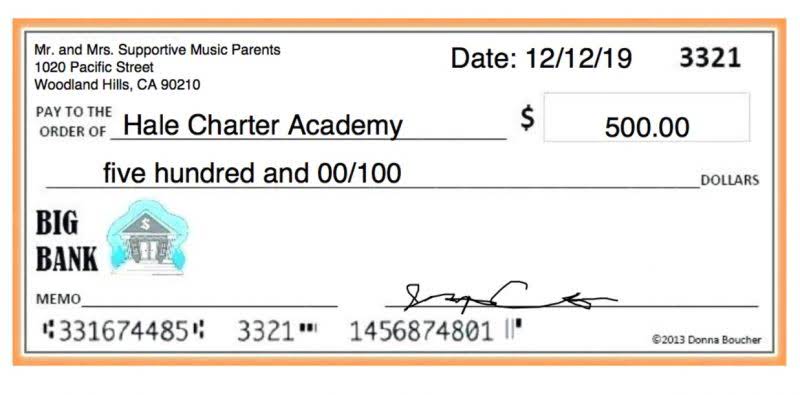Accounting periods vary and depend on different factors; however, the most common type of accounting period is the annual period. After the company posts journal entries to individual general ledger accounts, an unadjusted trial balance is prepared. The trial balance ensures that total debits equal the total credits in the financial records.
These are the result of corrections made and the results from the passage of time. For example, an adjusting entry may accrue interest revenue that has been earned based on the passage of time. The first step in the recording process is to analyze the transaction, determine the accounting entries and record them in the appropriate accounts.
Journal Entries
Identifying transactions requires a keen understanding of the business operations and the events that lead to changes in financial position. This article will delve into the meticulous process of recording transactions correctly, highlighting key steps and strategies to avoid errors that could compromise financial data. We’ll explore how maintaining precise records is not just a matter of regulatory compliance but also a strategic tool for business insight and growth. Accurate transaction recording is the backbone of financial integrity for businesses and organizations. The foundation of accurate transaction recording is built upon several accounting principles that guide the process. These principles ensure consistency, reliability, and comparability of financial information.
CHAPTER 10: PLANT ASSETS, NATURAL RESOURCES, AND INTANGIBLE ASSETS
The initial step in the transaction recording process is to identify an event that has a financial impact on the business. It is essential to discern whether the event is indeed a transaction that should be recorded. For example, a purchase order does not represent a financial transaction until the goods are received or services are rendered and an obligation to pay arises.
His work has appeared in various publications and he has performed financial editing at a Wall Street firm.
- One frequent error is the misclassification of expenses and assets, which can distort the financial picture of a business.
- Debits increase the asset and expense accounts, and they decrease the liability, equity and revenue accounts.
- The interplay between journals and ledgers is a continuous cycle of recording and organizing financial data.
Revenue Recognition Principle
You will become familiar with accounting debits and credits as we show you how to record transactions. You will also see why two basic accounting principles, the revenue recognition principle and the matching principle, assure that a company’s income statement reports a company’s profitability. Accounting means gathering of various records and arranging and recording them systematically so as they become useful data. Adjusting entries are journal entries recorded at the end of an accounting period that alter the final balances of various general ledger accounts. These adjustments are made in order to more closely align the reported results and the actual financial position of a the usual sequence of steps in the transaction recording process is business.
CHAPTER 8: FRAUD, INTERNAL CONTROL AND CASH
The accounting cycle is the system in which businesses record their transactions in order to prepare required financial statements. However, many business owners don’t understand this process fully, so we’re breaking it down in today’s post. The accounting cycle is a collective process of identifying, analyzing, and recording the accounting events of a company.
CHAPTER 4: COMPLETING THE ACCOUNTING CYCLE
Once a transaction is identified, it must be categorized according to the type of event it represents. The categorization is guided by the company’s chart of accounts, which is a framework that classifies financial data into structured categories. For instance, purchasing equipment would affect both an asset account (equipment) and likely a liability account (if the purchase is financed) or an equity account (if paid with owner’s capital). Proper categorization is crucial for the accurate representation of financial statements and for subsequent financial analysis. The first four steps in the accounting cycle are identify and analyze transactions, record transactions to a journal, post journal information to a ledger, and prepare an unadjusted trial balance. A forensic accountant investigates financial crimes, such as tax evasion, insider trading, and embezzlement, among other things.
Essential Steps for Accurate Transaction Recording
In the second step of accounting process, the transactions are journalized in a journal book/Book of Original Entry. The accountant uses double-entry accounting where each transaction is recorded in two accounts namely debit and credit. The Journal entries consist of Debit and Credit amounts, the date of transaction and description about the transaction. This is done with the aim to prepare the three main statements which are income statement, balance sheet, and cash flow statement. Apart from this several other MIS reports as and when required are also prepared. It calculates the profit or loss of any business for a given period and the nature & value of a company owner’s equity, assets, and liabilities.
- They are also useful in detecting and correcting errors because the debit and credit amounts must balance at the end of a period.
- The accounting cycle is a collective process of identifying, analyzing, and recording the accounting events of a company.
- These are the result of corrections made and the results from the passage of time.
- Additionally, failing to account for accrued expenses can lead to significant errors in financial reporting.
- It serves as the basis for audits and as a reference for any future queries regarding the transaction.
- Accounting recorders include records of assets, liabilities, ledgers, journals and other supporting documents such as invoices and checks.
Analysis
Audit trails are particularly useful during the audit process, as they enable auditors to review a company’s financial transactions comprehensively. They can verify the authenticity and accuracy of the transactions by following the trail from the financial statements back to the original transaction. This process helps in ensuring that the financial records are a true reflection of the company’s financial activities. Moreover, audit trails are beneficial for internal controls, as they help in monitoring and controlling the operational processes within an organization.
Documentation must be complete, accurate, and stored securely to support the entries made and to comply with legal and regulatory requirements. It serves as the basis for audits and as a reference for any future queries regarding the transaction. After this, the next step will help us to analyze the financial events that happened in the company throughout the accounting cycle. Finally, a company prepares the post-closing trial balance to ensure debits and credits match. Discover the key principles and practical steps to ensure precise financial transaction recording for effective business management. The accounting cycle is the process of accepting, recording, sorting, and crediting payments made and received within a business during a particular accounting period.



















